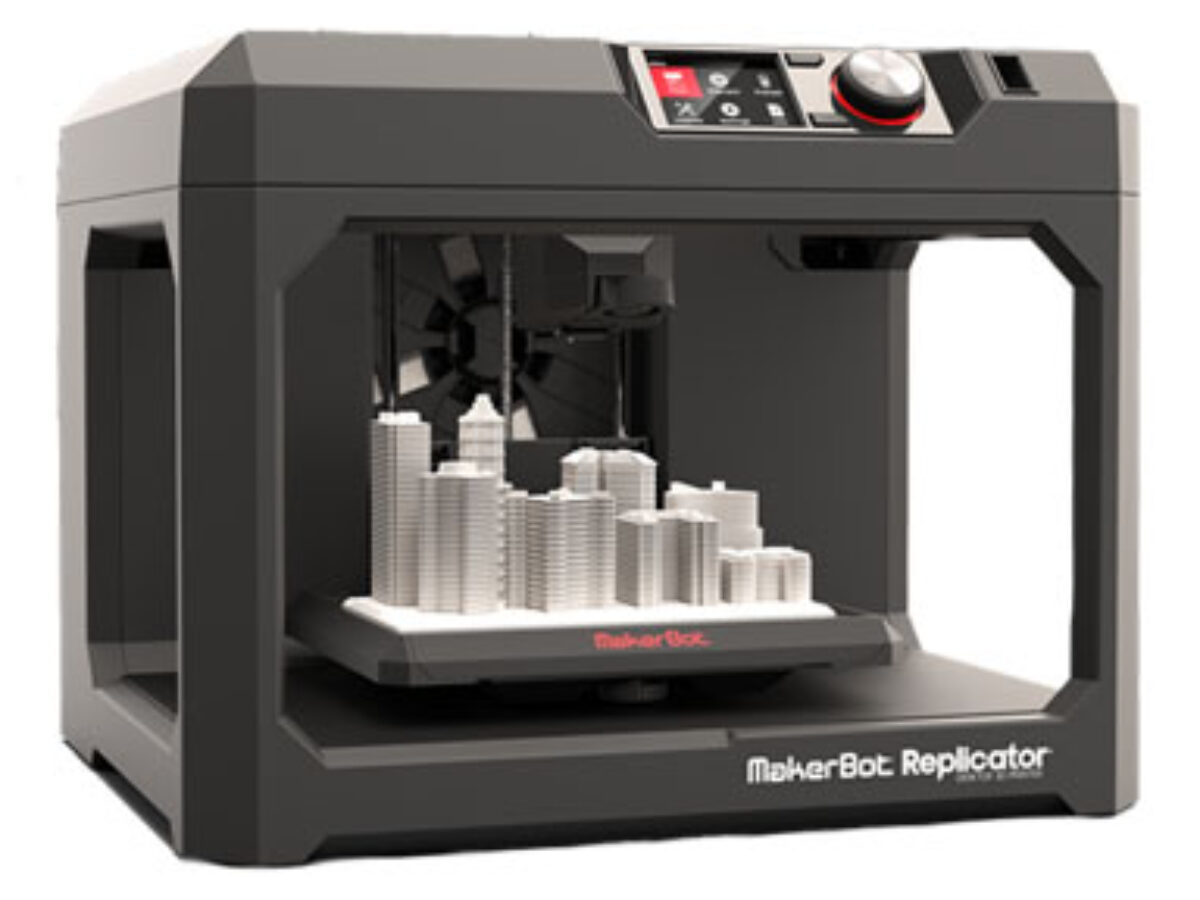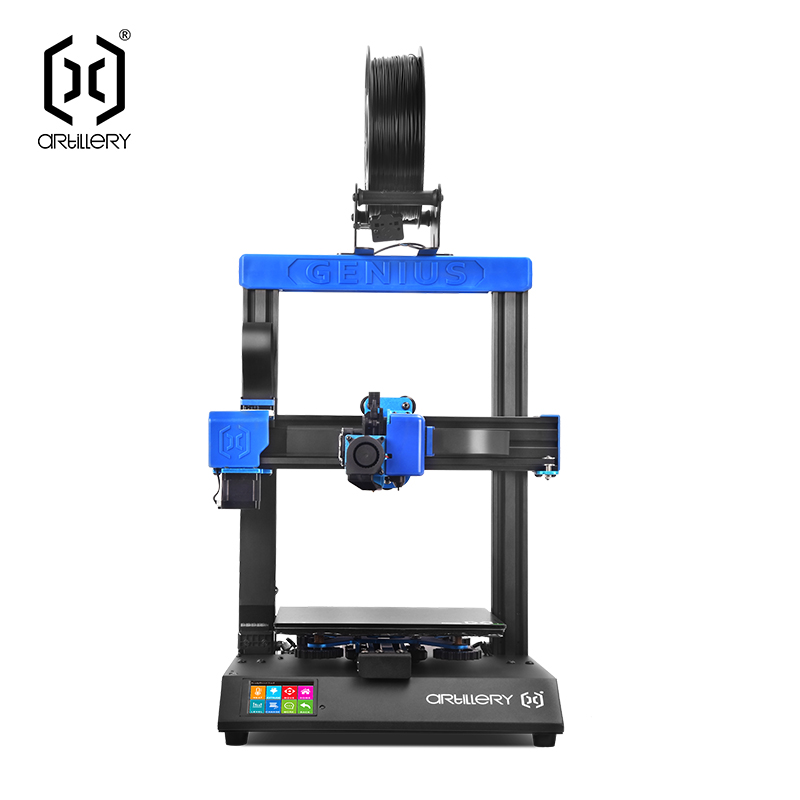Compare Replicator Plus vs Genius Pro
Comparison between the best 3D printers
Choose the best 3D printer at the best price. The cheapest 3D printers are here.
Buy a 3D printer here with 3D Fila.
 |
 |
|
| Model | Replicator Plus |
Genius Pro[BUY Genius Pro] |
| Printing Material | Filament | Filament |
| Buy Filament for Makerbot Replicator Plus | Buy Filament forArtillery Genius Pro | |
| Estimated price | $2099,00 | $309,00 |
| Manufacturer | Makerbot | Artillery |
| Release Year | 2016 | 2022 |
| Print Volume [mm] | 165x295x195 | 220x220x250 |
| Printer Size [mm] | 410x528x441 | 430x390x590 |
| Weight [kg] | 18,3 | 9,6 |
| Power Loss Recovery | YES | YES |
| Enclosed printer | NO | NO |
| Bed Leveling | Automatic | Automatic |
| Filament End Sensor | YES | YES |
| Bed type | Heated | |
| Power supply system | Bowden | Direct Drive |
| Standard nozzle | 0,4 | 0,4 |
| Maximum Nozzle Temperature [°C] | 230 | 240 |
| Maximum Bed Temperature [°C] | 120 | |
| Maximum printing speed [mm/s] | 150 | 150 |
| Filament holder | YES | YES |
| Camera for supervision | YES | YES |
| Recommended filaments | PLA | PLA, PETG, Tritan, Flex, ABS |
| Recommended slicers | MakerBot Print Software | Cura, Simplify, Slic3r, IdeaMaker |
| Maximum Resolution [mm] | 0,1 | 0,1 |
| Processor | Ruby 32bit | |
| Display | Touchscreen TFT 3,5'' | |
| Power Supply | 110/220V / 240W | |
| Connectivity | USB / Wi-Fi | SD / USB |
| Operating systems | Windows, Mac, Linux | Windows, Mac, Linux |
| Date of registration in the system | 2022-11-15 | 2022-11-07 |
| Release date | 2016 | 2022 |
| Extra features | The Replicator Plus printer is easy to use and has very good print quality. Its software is user-friendly and powerful, with USB, Ethernet, Wi-Fi and support for printing via pen drive. With a safe design for an open frame printer, it is relatively quiet. The Smart Extruder+ detects filament end and pauses printing automatically, in addition to notifying via apps. It has a large print volume, with a non-heated and coated print bed for easy removal of parts. It also has a webcam for remote monitoring of prints. | The Artillery Genius Pro is a standout 3D printer with a fast-heating AC tempered glass print bed and a sleek design with a black aluminum base and blue accents. It features a Titan-style direct extruder and a 32-bit Ruby mainboard. Despite its advanced feature set, it struggles to maintain print quality, requiring frequent adjustments and calibrations, and its glued glass bed makes cleaning and replacement difficult. |
| Support for multiple colors and materials (AMS and CFS) | NO | NO |
Notes * |
||
| Cost-benefit | 6 / 10 | 7 / 10 |
| Hardware | 2.5 / 10 | 2.8 / 10 |
| Tela | . | . |
| Print volume | 3 / 10 | 3 / 10 |
| Performance | 1 / 10 | 1 / 10 |
| [BUY Genius Pro] |
Conclusion |
| In conclusion, the comparison between the Makerbot Replicator Plus and the Artillery Genius Pro highlights significant differences in both price and features, informing potential buyers' decisions based on their needs and budgets. The Replicator Plus, while considerably more expensive, boasts a robust build quality and user-friendly software ecosystem, making it suitable for those prioritizing print quality and ease of use. Its well-rounded features—including an automated filament detection system and a larger print volume—enhance its appeal, particularly for individuals engaged in regular or professional-level 3D printing tasks. On the other hand, the Genius Pro offers a much more affordable option without sacrificing essential features like automatic bed leveling and power loss recovery. Although it comes with a range of materials it can print and a direct drive system, it tends to require frequent adjustments to maintain print quality, which may not be ideal for beginners or those seeking a hassle-free experience. Ultimately, if budget is a primary concern and users are willing to invest time in calibrating and maintaining their printer, the Genius Pro represents a solid choice. However, for those seeking reliability and superior print quality and who are prepared to invest more significantly, the Replicator Plus is likely the better option. Buyers should weigh their priorities—ease of use versus cost effectiveness—when making their choice. |

